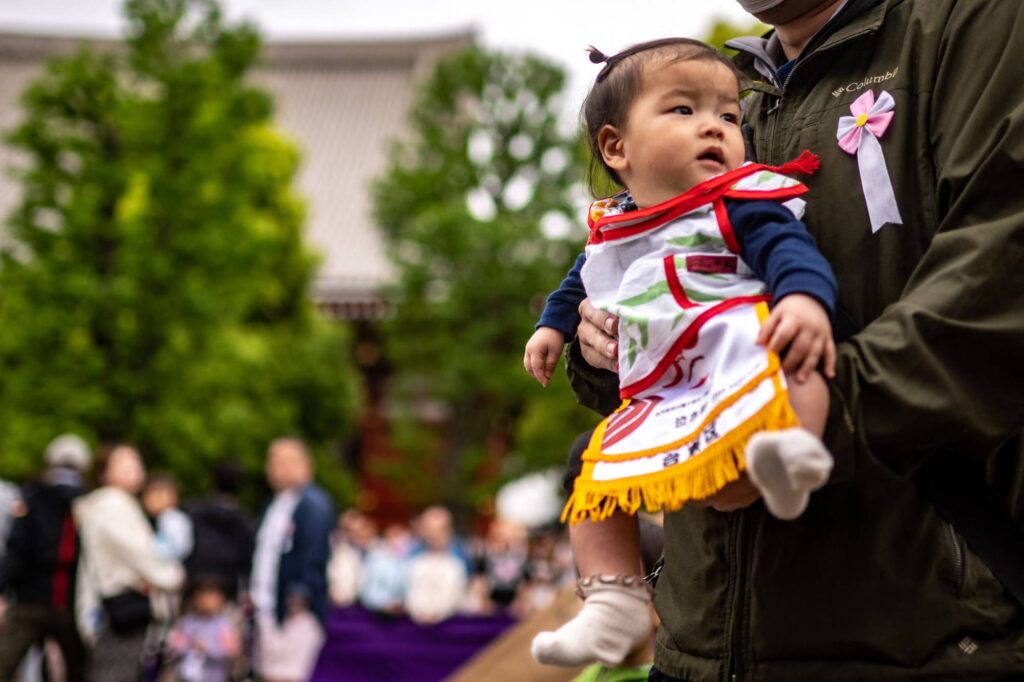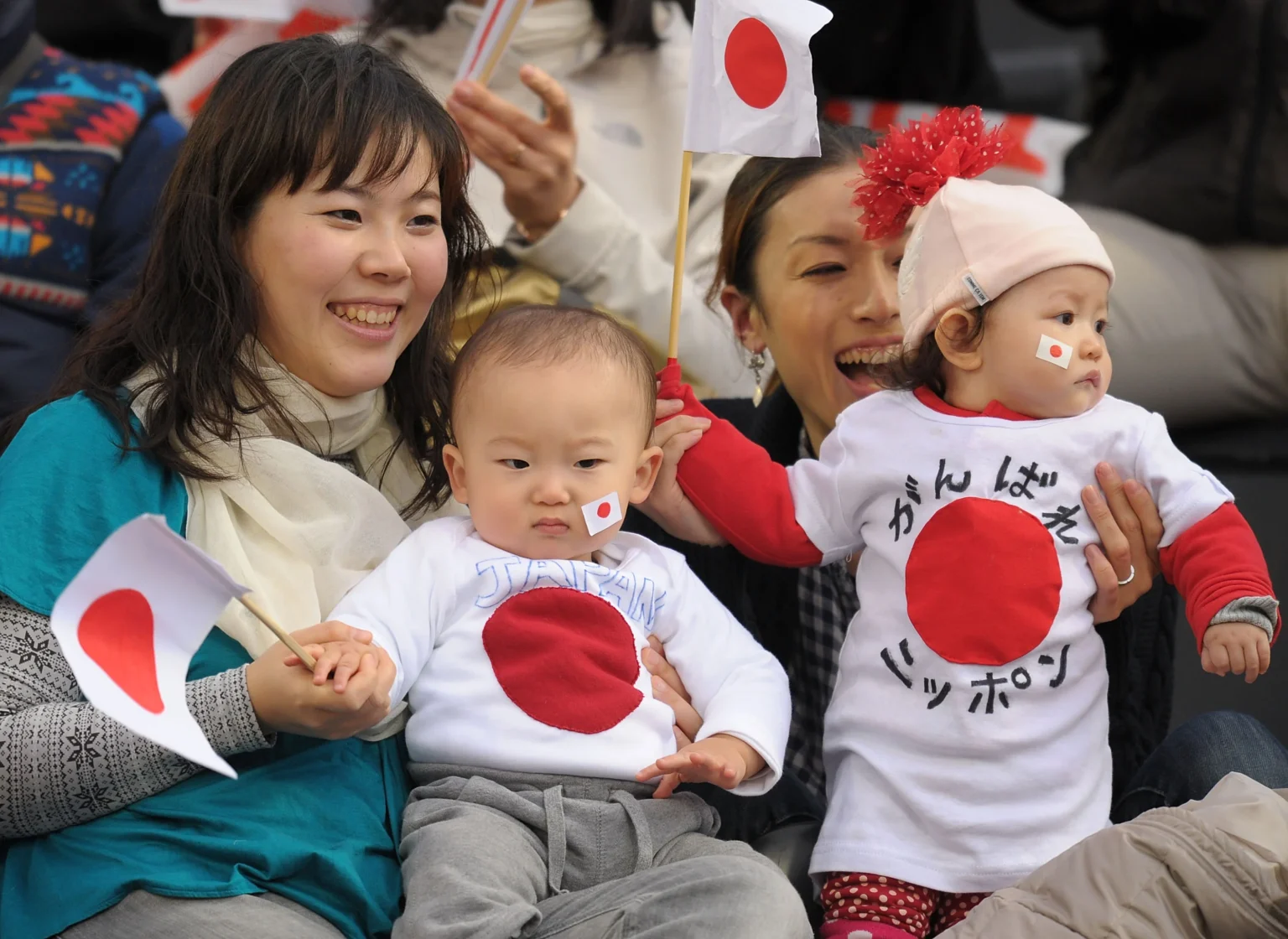Japan has reached a demographic milestone for all the wrong reasons. As of October 2024, the nation’s population dropped to 120.3 million, marking a record year-on-year decrease of 898,000 people, according to official statistics released by the Ministry of Internal Affairs. This is the most significant decline since comparable data collection began in 1950.
Japan’s Population Decline Reaches Critical Levels
The drastic drop in population reflects Japan’s ongoing battle with one of the lowest birthrates in the world, leading to serious consequences for its economy and society. The decreasing number of births is resulting in a shrinking workforce, reduced consumer demand, and growing labor shortages, putting pressure on businesses across the country.
When including foreign residents, Japan’s total population now stands at 123.8 million—down by 550,000 from the previous year. This marks the 14th consecutive year of population decline, highlighting the government’s struggle to reverse the trend.
Economic Factors Behind Japan’s Low Birthrate
Speaking at a press conference, Chief Cabinet Secretary Yoshimasa Hayashi acknowledged that many young people in Japan are delaying or choosing not to have children due to financial pressures and societal changes.

“We understand that the declining birthrate continues because many people who wish to raise children are unable to do so due to economic constraints,” Hayashi stated.
Many young Japanese cite unstable job prospects, rising living costs, and changing cultural values as reasons for postponing marriage and starting families.
Government Efforts to Address the Crisis
In response to the ongoing crisis, the Japanese government is focusing on several key initiatives:
- Raising wages for younger workers
- Providing financial support and benefits to families with children
- Promoting work-life balance and flexible working conditions
- Investing in childcare and parental leave policies
“We will implement comprehensive measures to build a society where everyone who wants to have and raise children can do so with peace of mind,” Hayashi added.
Japan’s Immigration Policy and Labor Shortage
While Japan has looked to foreign labor to fill the workforce gap, its strict immigration policies allow foreign workers to stay only temporarily. This has limited the long-term impact of immigration on population growth.
Experts suggest that without more inclusive immigration reforms and bolder family support programs, the population decline could worsen, impacting everything from pension systems to economic growth and rural community survival.
What’s Next for Japan?
Japan’s population crisis is a long-term challenge with no quick fix. However, with targeted policies focused on supporting families and adapting to changing social dynamics, the government hopes to slowly stabilize the birthrate and address the looming economic consequences.




